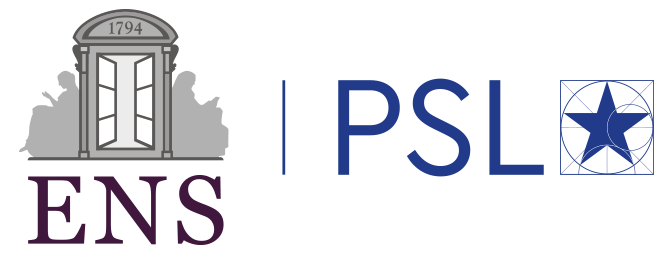Domaines
Condensed matter
Nouveaux états électroniques de la matière corrélée
Type of internship
Théorique, numérique Description
The quantum Heisenberg Hamiltonian is a faithful approximation of crystalline compounds or cold atom realizations, hosting fascinating low temperatures phases as topological spin liquids, superfluids or long range ordered phases. Analytical approaches fail to solve this problem when frustration is present (competing interactions), but many numerical or semi-analytical methods have been developped. We can cite for example tensor network methods or mean-field theories.
These models have mainly been considered on perfect euclidean 2d or 3d lattices. However, real compounds host defects, either from chemistry (substitution of a magnetic atom by a non-magnetic one for example), or structural (dislocations). Besides, hyperbolic lattices are lattices on a curved space and host interesting variations of the phases living in euclidean geometry.
The student will first study the classical Heisenberg spin models on 2d hyperbolic space, using the specific translational group to generalize the concept of regular magnetic order, and look for new classical spin liquids. The way defects such as dislocations affect spin order will be explored. If followed by a PhD, she/he will treat defects in experimental compounds (Herbertsmithite, averievite), in collaboration with experimentalists from LPS. Various analytical and numerical methods will be used, from classical Monte Carlo simulations to tensor networks calculations.
Contact
LPTMC Messio
